Physician burnout has become a pervasive issue in modern healthcare, with far-reaching consequences for both healthcare providers and patients. Burnout is characterized by emotional exhaustion, depersonalization, and a decreased sense of personal accomplishment. Studies have shown that over 50% of physicians experience symptoms of burnout, making it a silent epidemic that demands urgent attention. The impact of physician burnout extends beyond the well-being of individual doctors, affecting the quality of patient care, patient safety, and the overall functioning of the healthcare system.
We Have a Clinician who Treats Physician Burnout at Taproot Therapy Collective Check Him out Here
Causes of Physician Burnout
The causes of physician burnout are multifaceted and complex. One of the primary contributors is the demanding nature of the medical profession, with long working hours and challenging schedules. Physicians often face intense workloads, frequent call duties, and limited time for rest and recovery. Additionally, the increasing administrative burdens and paperwork associated with modern healthcare systems add to the stress and time pressures faced by physicians.
Another significant factor is the lack of work-life balance. Physicians often struggle to find time for personal and family life, as the demands of patient care can be all-consuming. The constant pressure to be available and responsive to patient needs can lead to neglect of personal well-being and relationships.
The emotional toll of patient care cannot be overlooked. Physicians are exposed to suffering, trauma, and loss on a regular basis, which can lead to compassion fatigue and emotional exhaustion. Dealing with critically ill patients, delivering bad news, and coping with patient deaths can take a heavy emotional toll over time.
Inadequate support systems within healthcare organizations can exacerbate burnout. Physicians may feel unsupported by their colleagues, administrators, or the larger healthcare system. Lack of resources, inefficient workflows, and bureaucratic obstacles can further contribute to feelings of frustration and powerlessness.
Rapid changes in healthcare technology and regulations also play a role in physician burnout. The constant need to adapt to new electronic health record systems, keep up with evolving treatment guidelines, and navigate complex insurance and reimbursement policies can be overwhelming and time-consuming.
Lastly, the lack of autonomy and control over the work environment can contribute to burnout. Physicians may feel constrained by external factors such as productivity metrics, limited time with patients, and standardized treatment protocols, leading to a sense of disconnection from the core values and purpose of their work.
Consequences of Physician Burnout
The consequences of physician burnout are far-reaching and can have a profound impact on patient care, the healthcare system, and the personal lives of physicians. One of the most concerning consequences is decreased job satisfaction and productivity. Burned-out physicians may feel disengaged, unmotivated, and less committed to their work, leading to reduced quality of care and patient satisfaction.
Burnout can also contribute to increased medical errors and patient safety risks. Physicians experiencing burnout may have impaired concentration, decision-making abilities, and attention to detail, increasing the likelihood of diagnostic errors, medication mistakes, and lapses in patient monitoring. This poses a significant threat to patient safety and can lead to adverse outcomes.
Higher rates of physician turnover and early retirement are another consequence of burnout. When physicians feel overwhelmed and unsupported, they may choose to leave their current practice or the medical profession altogether. This can lead to staffing shortages, disruptions in continuity of care, and increased healthcare costs associated with recruitment and training of new physicians.
Burnout can also have a negative impact on patient-physician relationships. Physicians experiencing emotional exhaustion and depersonalization may struggle to provide empathetic and compassionate care. They may appear detached, rushed, or less attentive to patients’ concerns, eroding the trust and therapeutic alliance that is essential for effective healthcare.
The personal health consequences of burnout for physicians cannot be overlooked. Burned-out physicians are at higher risk for depression, anxiety, substance abuse, and even suicide. The constant stress and emotional strain can take a toll on their mental and physical well-being, leading to a range of health problems and reduced quality of life.
Lastly, physician burnout can contribute to increased healthcare costs. Decreased efficiency, higher error rates, and increased physician turnover all have financial implications for healthcare organizations. The cost of recruiting and training new physicians, as well as the potential for malpractice claims and patient complications, can strain already limited healthcare resources.
Addressing Physician Burnout
Addressing physician burnout requires a multi-faceted approach that involves both individual and systemic interventions. The first step is recognizing and acknowledging the problem. Healthcare organizations and leaders must prioritize physician well-being and create a culture that supports open dialogue about burnout and its impact.
At the organizational level, healthcare systems can implement policies and practices that promote work-life balance. This may include flexible scheduling, reasonable workload distribution, and adequate time off for rest and recovery. Reducing administrative burdens and streamlining workflows can also help alleviate the pressure on physicians and allow them to focus on patient care.
Providing resources for stress management and mental health support is crucial. Healthcare organizations can offer employee assistance programs, on-site counseling services, and peer support groups to help physicians cope with the emotional challenges of their work. Encouraging the use of these resources and normalizing conversations about mental health can create a supportive environment.
Individual physicians can also take proactive steps to manage stress and build resilience. Practicing self-care, setting boundaries, and prioritizing personal well-being are essential. This may involve engaging in regular exercise, mindfulness practices, hobbies, and social activities outside of work. Seeking peer support and mentorship can provide a sense of connection and validation, helping physicians feel less isolated in their struggles.
Engaging in mindfulness and stress-reduction techniques can be beneficial for physicians. Mindfulness practices, such as meditation and deep breathing exercises, can help reduce stress, improve focus, and enhance emotional regulation. Incorporating these techniques into daily routines can promote resilience and mental well-being.
Seeking professional help through therapy can be a valuable tool for physicians experiencing burnout. Therapy provides a safe and confidential space to process the emotional challenges of medical practice, develop coping strategies, and address underlying mental health concerns. It can help physicians rediscover a sense of purpose and meaning in their work, and develop a healthier work-life balance.
The Role of Medical Education in Preventing Burnout
Medical education plays a crucial role in preparing future physicians for the challenges of the profession and promoting resilience against burnout. Incorporating wellness and self-care into medical school curricula can help students develop the skills and strategies needed to maintain their well-being throughout their careers.
Teaching effective communication and interpersonal skills is essential. Physicians who can communicate empathetically with patients, collaborate effectively with colleagues, and navigate difficult conversations are better equipped to handle the emotional demands of their work. Medical schools can integrate communication training and role-playing exercises to help students develop these skills.
Promoting a culture of self-reflection and personal growth within medical education can foster resilience. Encouraging students to explore their values, strengths, and areas for improvement can help them develop a strong sense of identity and purpose as physicians. Providing opportunities for mentorship, peer support, and personal development can create a foundation for long-term well-being.
Incorporating stress management and coping strategies into the curriculum can equip students with the tools they need to manage the challenges of medical practice. This may include training in mindfulness, cognitive-behavioral techniques, and time management skills. By learning these strategies early on, students can develop a proactive approach to self-care that can be carried forward into their careers.
Addressing the hidden curriculum within medical education is also important. The hidden curriculum refers to the unspoken norms, values, and expectations that are transmitted to students through the behaviors and attitudes of faculty and role models. Promoting a culture that values work-life balance, self-care, and help-seeking behaviors can counteract the traditional narrative of self-sacrifice and invincibility in medicine.
We Have a Clinician who Treats Physician Burnout at Taproot Therapy Collective Check Him out Here
Types of Therapy




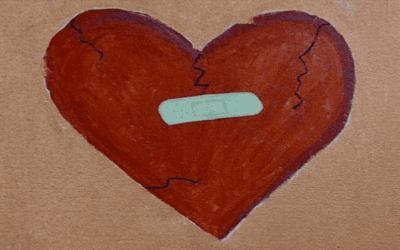


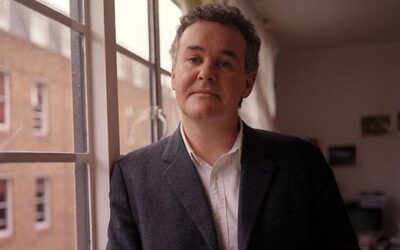
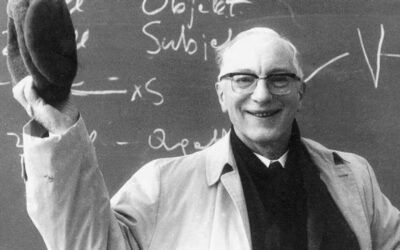






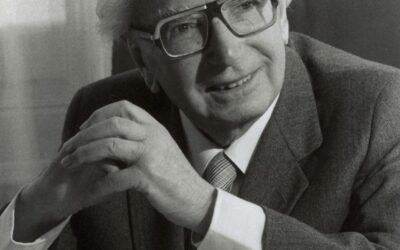







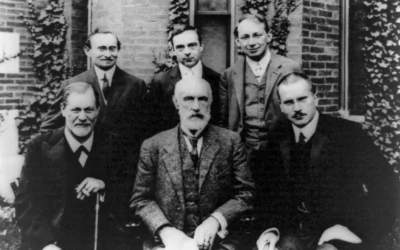

0 Comments